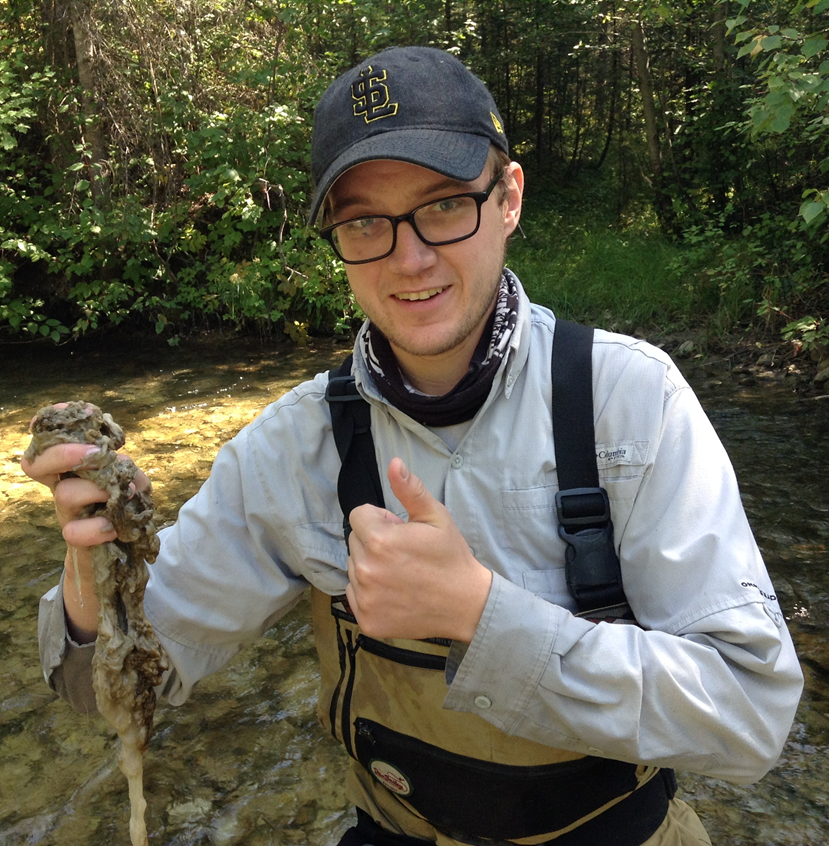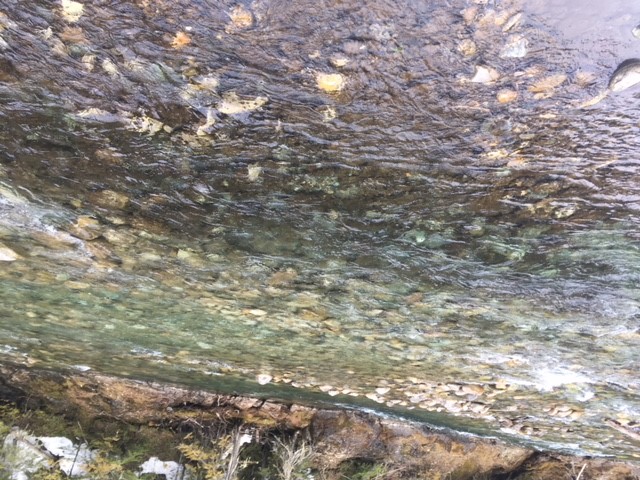Do Fish Mind Snotty Rivers?
Categories:
Written by Niall Clancy

Imagine someone has sneezed over all the rocks in your local stream. If you’ve ever seen Didymosphenia geminata, it shouldn’t be too difficult to imagine what that looks like. In fact, that’s exactly what the people who decided to call this unfortunate algae ‘rock snot’ thought it looked like. Yes, not every organism gets a lovely name like rainbow trout or indigo bunting. Some poor saps have to endure names like the Yukon floater, raspberry crazy ant, or spiny lumpsucker. Unfortunately, rock snot, also known as didymo, has slipped into the lexicon of an increasing number of concerned scientists.
A little over a decade ago, didymo began appearing in an increasing number of streams across North America. In some cases, mats of didymo would cover entire streambeds. A large number of studies found that stream insects like stoneflies, mayflies, and caddisflies – often the main source of food for trout and juvenile salmon – declined in streams with large didymo blooms. Didymo was branded a harmful invasive species and actions were taken to prevent its spread, such as banning the use of felt-soled waders, which was big news across the United States and Canada.
Then, with significantly less fanfare, scientists from British Columbia published a report that told a different story – didymo was, in fact, a native species. They had found evidence of fossilized didymo across North America. So now, the question has become this; if didymo is a native species, why are we seeing it so much more often? There are multiple hypotheses, some involving reservoirs soaking up nutrients, others say melting glaciers play a role. In short, we don’t know yet. But what is clear is that stream insects are definitely affected. And anytime stream insects are affected, fish biologists get nervous. That’s where I come in.

I recently finished my master’s degree at Utah State University. With support from the BC Parks Living Lab Program and the University of British Columbia, for two years we examined trout diet, condition, and growth in headwater streams of the Kootenay River basin – some with severe didymo blooms, others with no blooms at all. The species we looked at included native redband trout, westlope cutthroat trout, and bull trout. Oddly enough, we didn’t find much of an impact. Even at sites with severe didymo blooms, we didn’t find fish in poor condition or with greatly altered diets. How’s that for a head scratcher? As far as I can tell, these fish were able to obtain enough of their preferred food to keep growing at a healthy rate.
Despite not finding any big impacts of didymo on fish, important questions remain. How does didymo affect fish egg survival? Does it smother at-risk freshwater mussels? Are blooms in the middle of winter a concern? More research always leads to more questions and the juggernaut of science charges on, answering important questions that help us conserve the creatures around us. Even the spiny lumpsucker.
For more information about the BC Parks Living Lab Program, visit http://www.env.gov.bc.ca/bcparks/partnerships/living-labs/
Niall Clancy is a fisheries scientists with Montana Fish, Wildlife & Parks.




